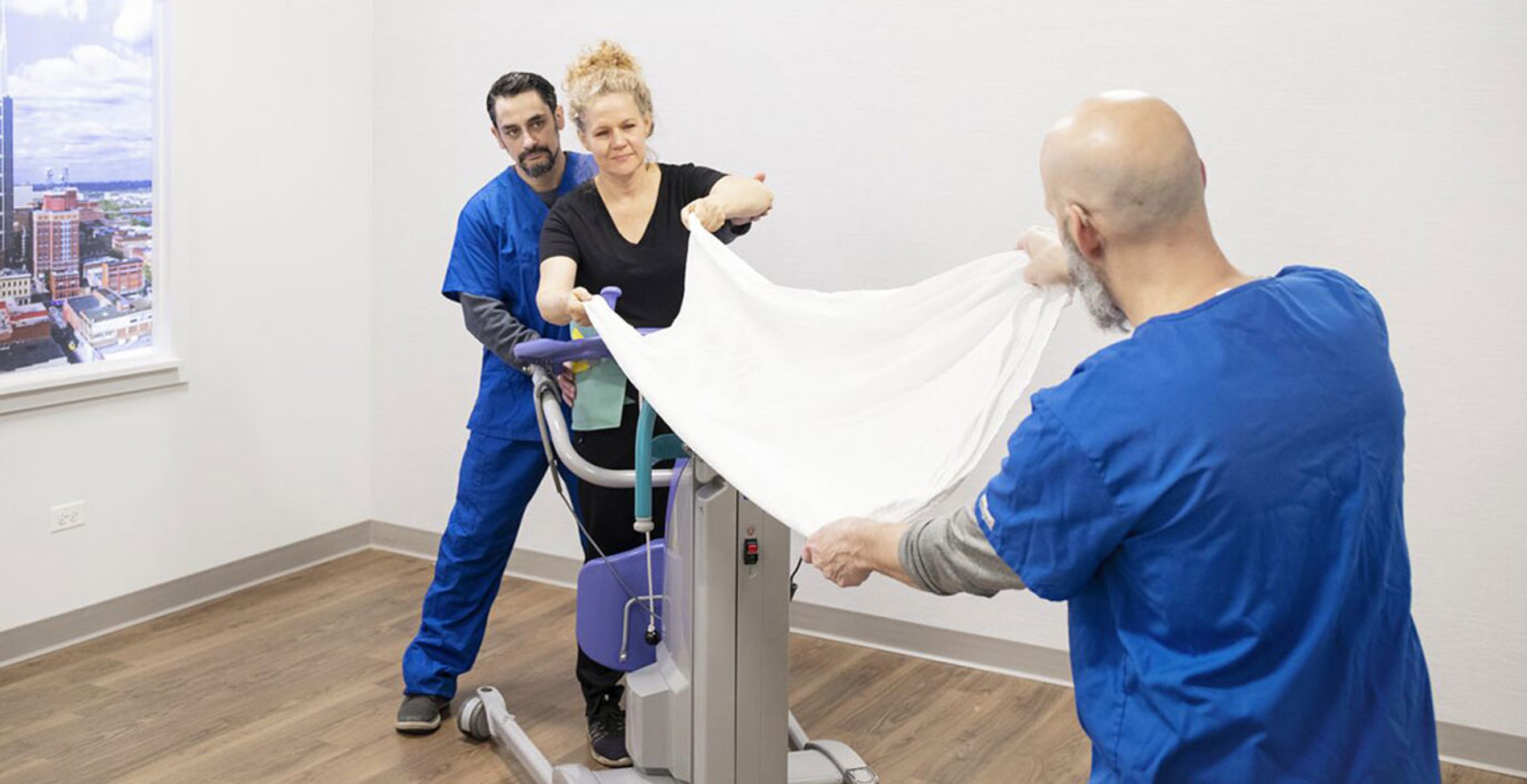Mobility is life: Empowering movement
Mobility is life. When people move, they are able to engage with their environment. Playing ball with a child, cooking a meal with friends or simply walking down the street… all these types of activities help to create meaning in our lives. Unfortunately, life can be unexpected and changes due to illness or injury can impair our ability to fully engage.

In a study of older adults who had developed hospitalization-associated disability, 41% died by 1 year, 29% remained disabled at 1 year, and only 30% returned to their pre-illness level of function. The culprit associated with these effects was immobility.1
It is imperative to introduce mobility to the patient as soon as clinically appropriate to reduce risks associated with immobility. Studies show through the introduction of early, often and safe mobility, better outcomes can be attained. Starting patient mobilization as early as clinically possible is an important method of reducing the significant impact of critical illness immobility.2 Initiation of early mobility improves patients’ ability to walk at discharge, functional status at hospital discharge and health-related quality of life.3,4,5
To aid in the safety of both caregivers and patients, safe patient handling and mobility devices are identified to be best practice in care and can often help influence a return to previous life activities. Mobility is precious and we must preserve it with all we can. Through mobility, our lives have meaning. This meaning gives our lives quality.
To learn more about how Arjo helps caregivers and patients return to empowered mobility, please read the story of Femme, a nurse who is struggling with multiple sclerosis, and the importance of mobility to allow her to thrive and be whole.
Contact Arjo to help you create or build a more robust, safe patient handling and mobility program or to schedule a free clinical consult at Diligent.US@arjo.com.
References:
- Morris, P.E., et al (2011). Receiving early mobility during an intensive care unit admission is a predictor of improved outcomes in acute respiratory failure. The American Journal of the Medical Sciences, 341(5), 373-377.
- Zhang L, Hu W, Cai Z, Liu J, Wu J, DengY, et al. (2019). Early mobilization of critically ill patients in the intensive care unit: A systematic review and meta-analysis. PLoS ONE 14(10):e0223185.
- Burtin C, Clerckx B, Robbeets C, et al: Early exercise in critically ill patients enhances short-term functional recovery. Crit Care Med.2 2009; 37:2499–2505.
- Schweickert W, Pohlman MC, Pohlman AS, Nigos C, Pawlik AJ, Esbrook CL, et al.Early physical and occupational therapy in mechanically ventilated, critically illpatients: a randomised controlled trial. Lancet 2009;373:1874–82.13.
- Schaller SJ, Anstey M, Blobner M, et al. Early, goal-directed mobilisation in the surgical intensive care unit: a randomised controlled trial. Lancet 2016;388:1377-88.